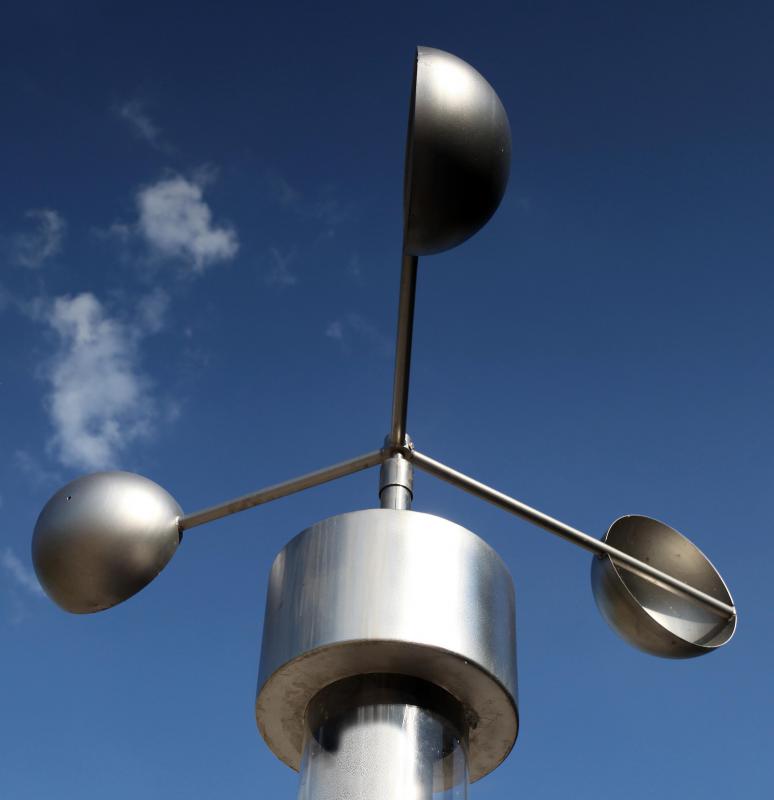


To some extent, even today these are the most important instruments because, afterall, we study weather because we want to know how it will. The wind vane, used for indicating wind direction, is one of the oldest meteorological instruments. Other methods of measuring weather include weather balloons and satellites. A rain gauge is an instrument used by meteorologists and hydrologists to measure precipitation (e.g.WEATHER SATELLITES are used to photograph and track large-scale air movements. Meteorology, however, is a science Meteorology, however, is a science which does not use much laboratory equipment but relies more on on-site observation and remote sensing equipment. Meteorological instruments are the equipment used for the measurement of different weather parameters such as temperature, pressure, humidity, wind speed, cloud cover, precipitation (rain/snow), net (incoming - outgoing) solar radiation. hygrometer | meteorological instrument | Britannica Consequently they must operate reliably, give stable readings over a wide temperature range and under conditions of high humidity and. Write different meteorological instruments and their uses.
#Meteorological instruments and their uses pdf
Meterological Instruments - SlideShare PDF Weather Forecasting Models, Methods and Applications Educational Resources for Teacher - Grade 4-5 Weather. Barometer: The atmospheric pressure is measured with the help of a barometer. Then meteorologists compile and analyze the data with the help of computers. The Instruments of Meteorology The Instruments of Meteorology W.

9.1 INTRODUCTION The application of meteorology to agriculture is. Thermometer Thermometer is used to measure air temperature. Some of the common but important weather instruments are listed belo w. It includes collecting weather data from the weather station, preparing synopsis from that data and predicting the near future weather using.

Remote and automatic meteorological instruments for the measurement of one or several meteorological elements are becoming increasingly important.Instruments For Measuring Wind Speed And Direction. The parameters of atmospheric electricity are measured with electrometers. The reserves of water in snow cover are measured with a snow sampler, and dew is measured with a drosometer evaporation with an atmometer, and visibility with a nephelometer and a visibility meter. The intensity of solar radiation and the radiation from the earth’s surface and the atmosphere are measured with pyrheliometers, pyrgeometers, actinometers, pyranometers, pyranographs, albedometers, and radiation balance meters sunshine duration is recorded by heliographs. The amount and intensity of precipitation are determined by means of rain gauges, precipitation gauges, and pluviographs. Wind speed and direction are measured with anemometers, anemographs, anemorumbometers, anemorumbographs, and wind vanes. The humidity of the air is measured with psychrometers, hygrometers, and hygrographs atmospheric pressure is measured with barometers, aneroid barometers, barographs, and hypsometers. In order to measure (record) air and soil temperatures, various types of meteorological thermometers and thermographs are used.


 0 kommentar(er)
0 kommentar(er)
